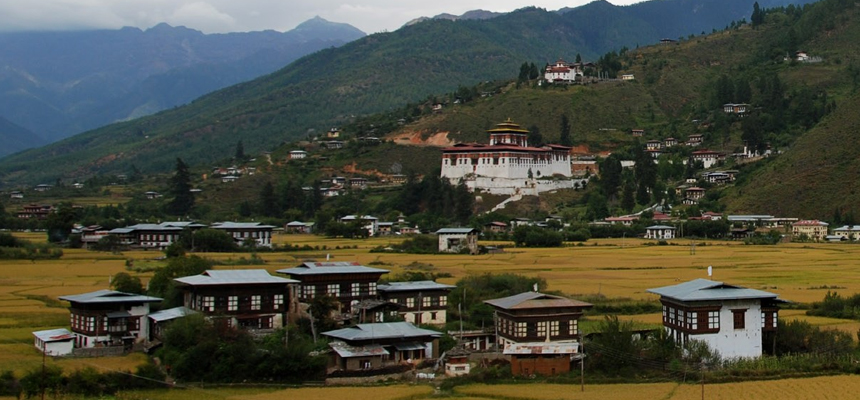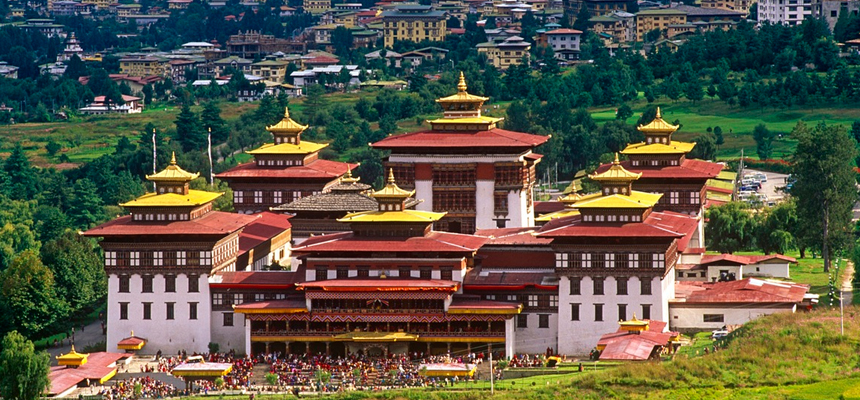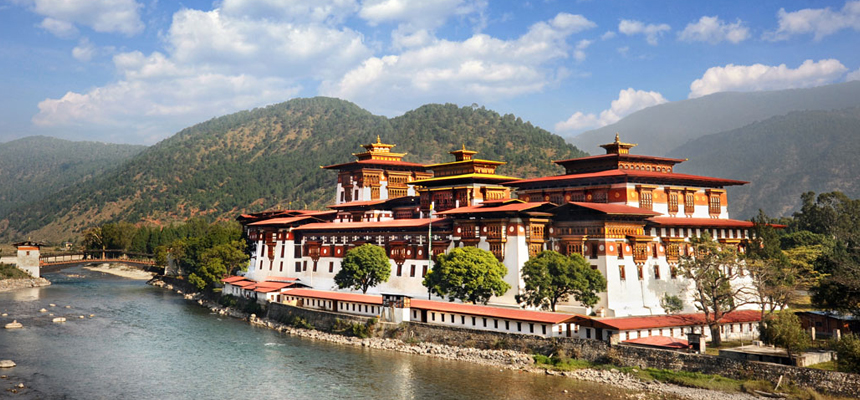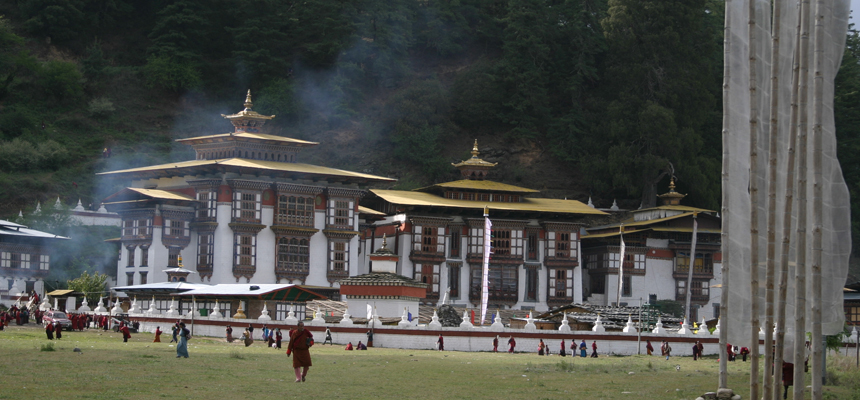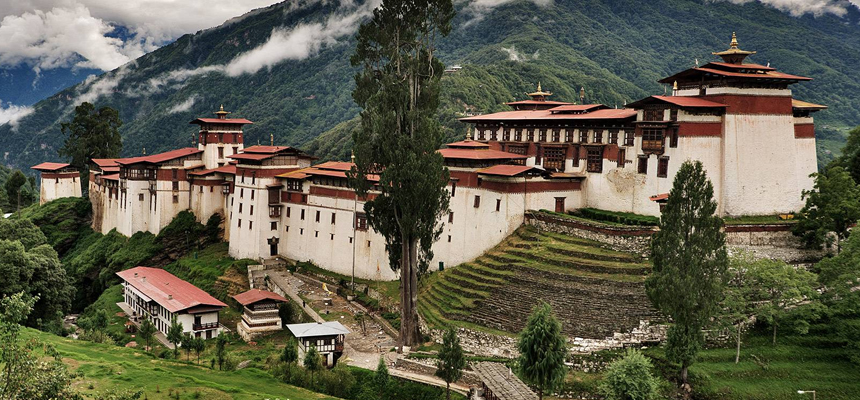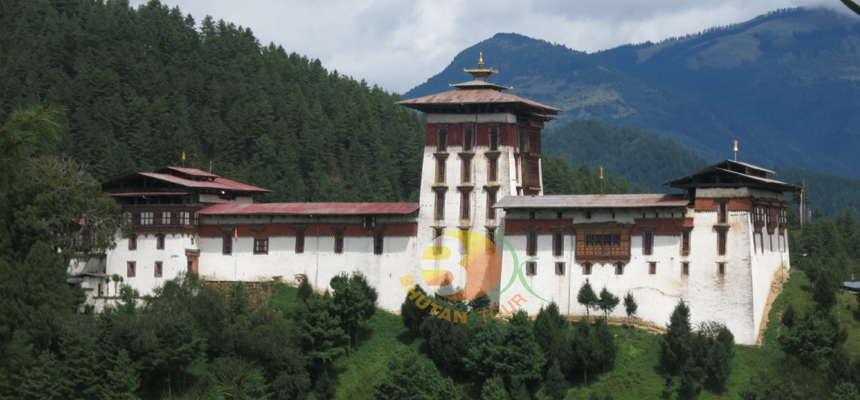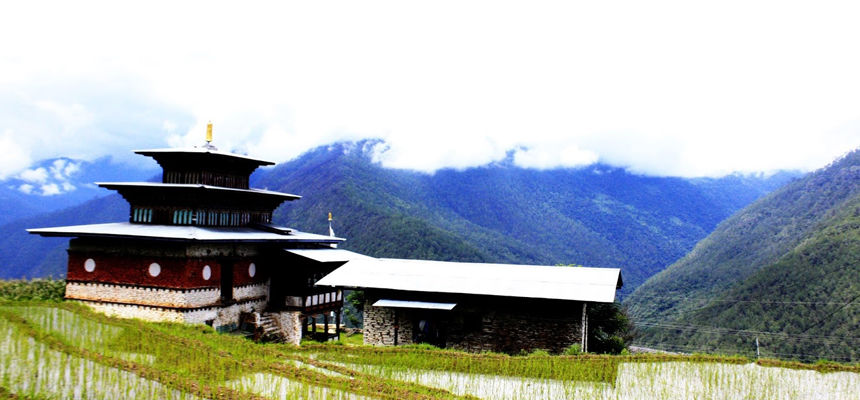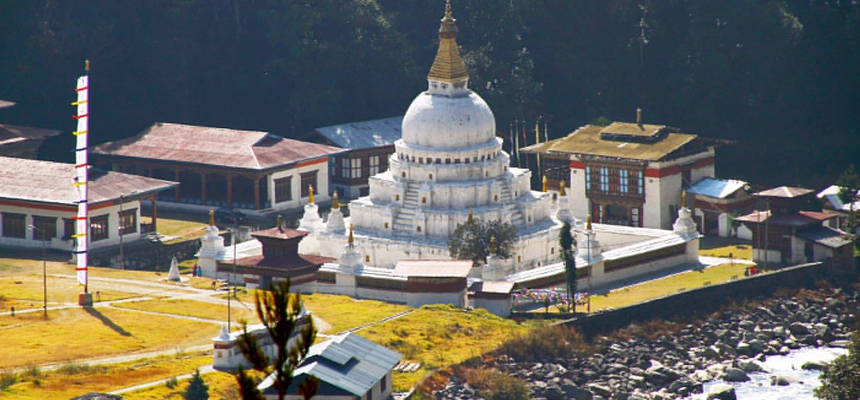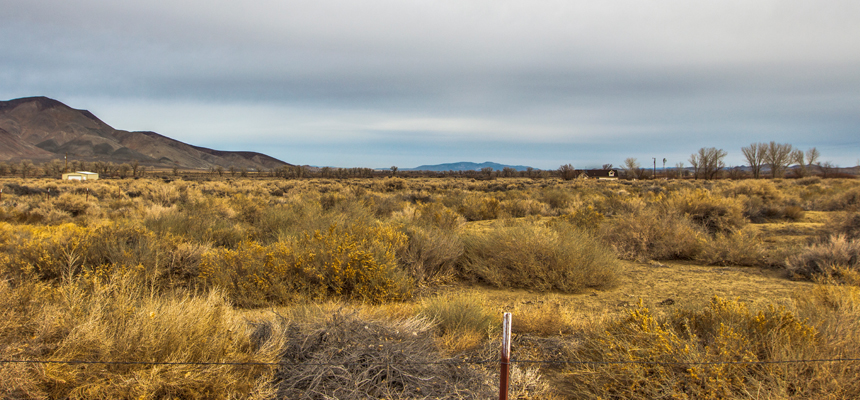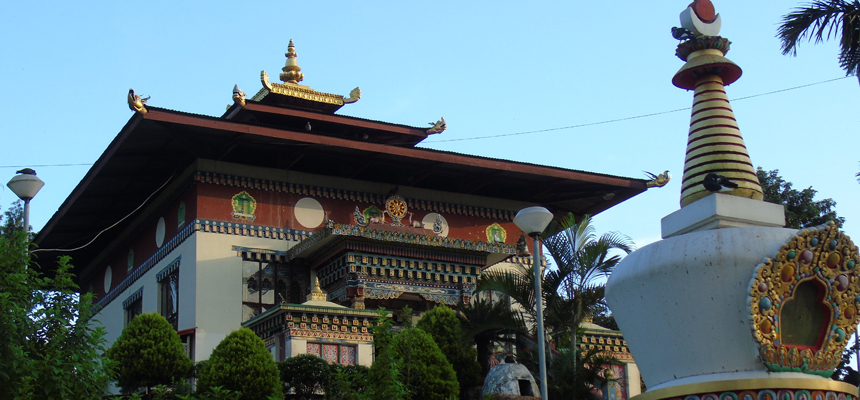Sightseeing around Paro Kyichu LhakhangThis temple is said to have been built in 1659 by King Songtsen Gampo of Tibet. It holds down the left foot of an ogress that is so large that it covers Bhutan and most of eastern Tibet. Rinpung Dzong :Meaning the fortress on a heap of Jewels was built during the time of Shabdrung in 1646. The approach to the dzong is through a traditional covered bridge. A walk to the dzong offers a good view of the architectural wonder of the dzong as well as life around it. The dzong now houses the Paro monastic school and the office of the civil administration. It is also the venue of the great Paro Tshechu (festival) held once a year in spring.Taksang Monastery or Tiger's Nes Drugyel Literally means the Tiger's den. This temple clings precariously to a granite cliff 800m above the Paro valley. Legend has it that the great Guru Padmasambhava flew to this spot on back of a tigress and meditated in a cave during the 8th century. The temple was built around the cave and is a hallowed shrine for Bhutanese pilgrims. A terrible fire in April 1998 destroyed Taktsang's medieval wall paintings and all inner temples. A new construction has already begun by the royal Government. Ta DzongLooking down upon the Rinpung dzong was built in 1651 as a watch tower. The Ta Dzong is round more like parts of a European castle. Since 1967 the dzong was re-established as the national museum and holds a fascinating collection of arts, relics and religious Thanka paintings. Drukgyal DzongWhich means victorious fortress was built in 1646 by Shabdrung Ngawang Namgyel to commemorate his victory over the Tibetan invaders, led by Mongolian warlord, Gushri Khan in 1644. Strategically built over the only passage into
Sightseeing around Paro Kyichu LhakhangThis temple is said to have been built in 1659 by King Songtsen Gampo of Tibet. It holds down

